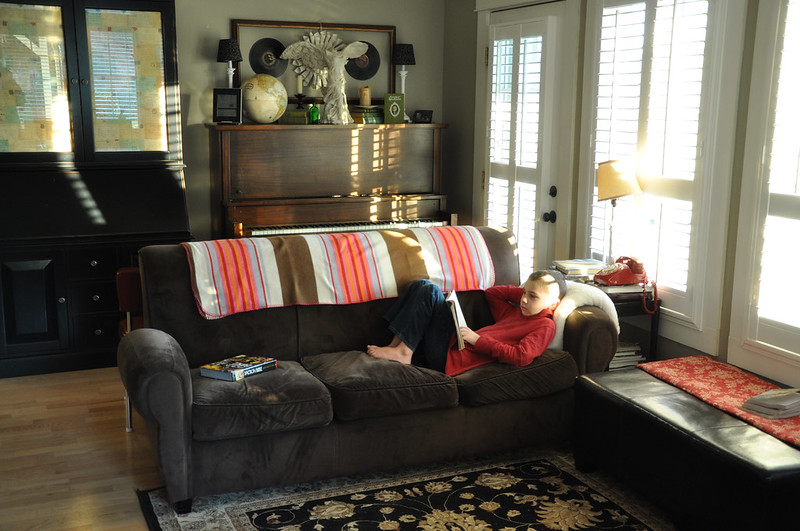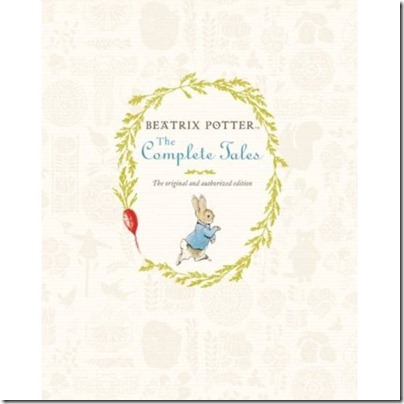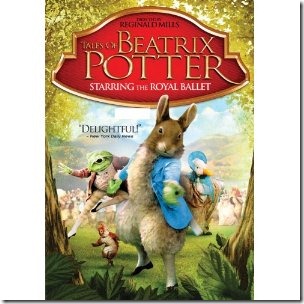
Have you been enjoying the curricula series? Is there a particular subject you are waiting for on pins and needles? [grin]
If you are just now checking in or would like quick links to previous posts, this is what we have so far:
- The Great Conversation (the driving themes behind my curricula choices)
- The Simplicity Version (my top picks for a basic core elementary curriculum)
- History (The Tie That Binds)
- Geography (the “where”)
- Literature: Part 1 (our history-related literature studies)
I’m a little overwhelmed when I think about how many subjects I have left to cover, but I’ll get there eventually!
:: The first thing that comes to mind (as I’ve just started leading a new-ish group) is our literary analysis book club for children called Book Detectives. My sister and I started out leading a parent-child group including my two oldest sons, and I am currently leading a group of students including all three of my boys. I shared detailed notes from our first meeting at this link.
Using Deconstructing Penguins: Parents, Kids, and the Bond of Reading as our inspiration and Teaching the Classics as our method, we read books together (usually picture books) and discuss setting, protagonist, antagonist, conflict, plot, and theme. I am continually amazed at what nuggets of truth and wisdom can be gleaned from simple picture books. The discussions have been enlightening, and I am thrilled with what the kids are learning (as I learn along with them!). (Why did I not learn such delightful literary analysis in school?)
Teaching the Classics teaches a method that can be used for any piece of literature, from picture books to world classics. One of the most helpful aspects of the syllabus is the extensive list of Socratic questions that can be asked of any work. For example:
Does the protagonist solve his own dilemma? Is it solved by some external source of 3rd party? Is he helpless in the end to achieve his goal (like Frodo in Lord of the Rings), or does he triumph by virtue of his own efforts (Odysseus in The Odyssey)?
For parents who appreciate a little more hand-holding for analysis and discussions of specific pieces of literature, Center for Lit has created three levels of Ready Readers:
Each volume in the Ready Readers series provides complete discussion notes for a collection of classic stories, including questions from the Socratic List on all major structural and stylistic elements: Conflict, Plot, Characters, Setting, Theme, Context and Literary Devices. Each question is answered in full with references to the text. Ready Readers also provides completed story charts and a short author biography for each title.
(Click on a specific volume at the link above to find samples of that level.)
I think the occasional, social, discussion-based literary analysis of picture books (and a few simple chapter books) is a perfect way to introduce younger children to literary elements, help them be familiar and comfortable with analysis, and encourage them to think more deeply about the books they read without robing them of the joy of reading.
:: The boys also read a large quantity of quality literature for children (and the more simple classics) during their free reading time. (This isn’t particularly either structured or unstructured time. I just have books available for them. Many are on our shelves. Or I have specific books picked out from our shelves or the library and stacked on the oversized ottoman in the front room. Often they grab the books on their own when they have a little down time. Often I hand them a book and say “read this.”)
One of my favorite ways to enhance these readings is to find picture book (or sometimes chapter book) biographies about various authors. A few examples:
Lost Boy: The Story of the Man Who Created Peter PanThe Literary Adventures of Washington Irving: American Storyteller
River Boy: The Story of Mark Twain
Pioneer Girl: The Story of Laura Ingalls Wilder
Charles Dickens: The Man Who Had Great Expectations
The Perfect Wizard: Hans Christian Andersen
Many of these we read when we are studying the historical time period of the authors’ lives, but I always pick them up when I find them at the library, and the boys seems to enjoy picking them off our shelves at home as well.
I also like reading several books by or about one author at a time. For example, we read Beatrix Potter because every child, young or old, should. Our stack of books and movies at that time looked something like this:
Beatrix Potter The Complete Tales
Beatrix Potter's Nursery Rhyme Book
The Beatrix Potter Collection (I adore this DVD collection. Lola watches it often, and the boys join her.)
Tales of Beatrix Potter Starring the Royal Ballet (This ballet interpretation is great fun. Ballet and literature. Lovely.)
Miss Potter (The fabulous biographical movie.)
My Dear Noel: The Story of a Letter From Beatrix Potter
The Ultimate Peter Rabbit: A Visual Guide to the World of Beatrix Potter (This book is incredible, but I expect nothing less from DK.)
[Leif and his cousin often played a darling little Peter Rabbit game, but I can’t find it online at the moment. Now I just wish we would have made Peter Rabbit cupcakes with this Meri Meri Peter Rabbit Cupcake Kit. I sense a PR party coming on…]
I’ve spent years collecting children’s books and classics, and I’ve spent hours (days, weeks, months…) scouring lists and following rabbit trails on Amazon.
Where would I start, were I to make a list of favorite children’s literature? I think I’ll save that list for another day. Until then, check out the 1000 Good Books List. I believe the idea is that children should read 1,000 good books to fill their minds with what is true, good, and beautiful before reading the “Great Books” in high school and beyond. I think my sons are well on their way. [grin]
We don’t specifically integrate our literature reading with writing assignments or vocabulary study at this time. (I’ll cover both of those when I talk about language arts.)
Also, I will be sharing some resources for poetry, but they will fall under either fine arts or language arts (for my purposes, anyway).






3 comments:
yes, I am enjoying. Keep it up please! Any and all subjects to come I'll be gleaning. And I imagine you are enjoying that very tidy livingroom and the child reading.
do you think we could run book detectives without teaching the classics??
If I bought deconstructing penguins would that give me a strong base to run a group??
Well, it depends on whether you've had any experience with literary analysis or not. I hadn't, and I felt like I could only discuss the specific books outlined in DP after I read it. That may be my own issue, though. ;) DP certainly gives you a really good idea of how to approach book discussions and has lots of details for specific book choices. I just felt like I needed more general (and systematic) tools in my tool belt. We are discussing mostly picture books in our Book Detectives rather than chapter books, so that makes a difference, as well. I really felt that DP and TTC together were perfect for leading a book club. *I* needed both, but I imagine lots of people would find DP to be enough. Sorry I can't give a more definitive answer!
Post a Comment